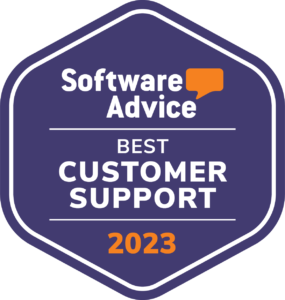Modernizing ERP: The Impact of Real-Time Visibility on 4 Essential Processes
In the ever-evolving business environment of Enterprise Resource Planning (ERP), achieving real-time updates across all modules has become a paramount goal for businesses seeking heightened efficiency and agility. This blog explores the integration of real-time updates into relevant modules, providing a comprehensive overview of how immediate data entry translates to instantaneous changes throughout the ERP system.
Understanding Real-Time Updates
Real-time updates in ERP involve the seamless and instantaneous reflection of data changes across all relevant modules as soon as information is entered into the system. This dynamic approach ensures that decision-makers have access to the most current information, allowing for quicker responses and informed decision-making.
Modules Benefiting from Real-Time Updates
1. Inventory Management
Real-time updates in inventory management enable businesses to track stock levels, monitor product movements, and respond promptly to fluctuations in demand. Immediate data entry translates into accurate inventory records, reducing the risk of stockouts or overstock situations.
2. Production Planning
Incorporating real-time updates into production planning ensures that changes in production schedules, resource allocations, or unexpected disruptions are reflected immediately. This agility allows for adaptive planning and efficient utilization of resources.
3. Supply Chain Logistics
For organizations with complex supply chains, real-time updates are a game-changer. From monitoring shipment statuses to optimizing routes, the ability to capture and reflect real-time data ensures that supply chain operations are agile and responsive.
4. Financial Management
In the financial realm, real-time updates enhance accuracy in financial reporting, budgeting, and forecasting. Decision-makers can rely on up-to-the-minute financial data for strategic planning and compliance purposes.
Implementing Real-Time Updates
1. Automated Data Capture
Leverage automated data capture mechanisms to ensure that data is entered into the system in real time. This can include the use of barcode scanners, RFID technology, or automated data entry tools.
2. Integration with e-Commerce Partners
Connect ERP modules with e-Commerce Partners to exchange data in real-time. This integration facilitates immediate updates by directly feeding data into the ERP system as events occur.
3. User-Friendly Interfaces
Design user-friendly interfaces that encourage timely data entry. Intuitive interfaces reduce the likelihood of data entry errors and ensure that updates are reflected in real time.
The Impact on Decision-Making
The immediate availability of updated information across all modules has a profound impact on decision-making. Whether responding to market changes, adjusting production schedules, or optimizing inventory levels, decision-makers can rely on real-time data to make informed and strategic choices.
Conclusion
Incorporating real-time updates into all relevant modules of your ERP system is not just a technological enhancement; it’s a strategic move towards a more responsive and agile organization. By ensuring that data changes are reflected instantly, businesses can stay ahead of the curve, make informed decisions, and navigate the complexities of today’s business market with confidence. Leverage the power of real-time updates and experience the full capabilities of your ERP system.
Connect with us today, our expert team is here to guide you through the process and help you discover the transformative potential of our solutions.
Stay tuned for our series of insightful blogs—your roadmap to exploring the full potential of ERP.



